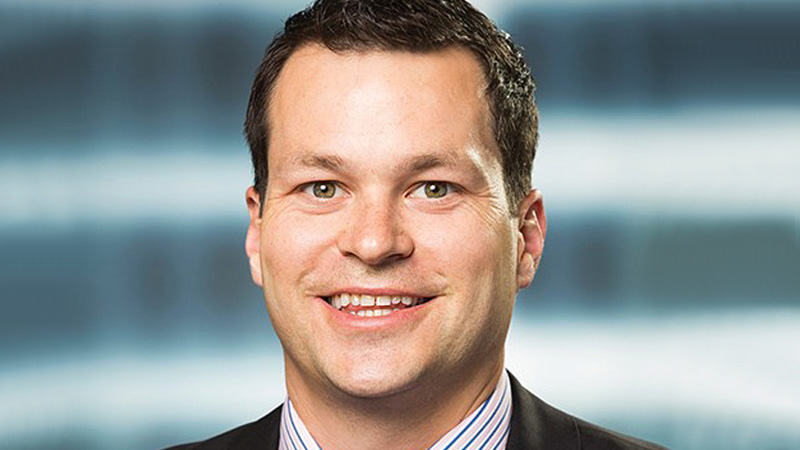Unlisted property offers simplicity for SMSFs
With increasing restrictions on trustee access to debt and lower yields available due to a flat residential market, unlisted property investment may be a simpler and more effective way for SMSF trustees to gain exposure to real estate, according to the Property Funds Association.
The industry association’s president, Steven Bennett, said investing through an unlisted property fund provided SMSFs with access to inbuilt leverage, meaning they avoided any issues with securing finance for residential property.
“With a [property] fund the debt is fully self-contained in the fund, meaning the SMSF doesn’t need to arrange the debt themselves,” Mr Bennett told SMSF Adviser.
“The fund benefits from cheaper debt funding, and debt is readily available, whereas SMSF loans for residential are increasingly difficult to source for trustees.”
He added that the yields available through commercial property funds were useful for income-focused SMSF trustees, particularly given that yields had been declining in the residential property sector.
“Commercial property funds typically pay income distributions of between 5.5 per cent to 7 per cent per annum after all costs,” Mr Bennett said.
“Distributions are usually paid either on a monthly or quarterly basis which is beneficial for investors who need a regular income stream. The commercial property fund yield is well in excess of the average residential income yield which can be 2.5 per cent or less, sometimes even negative.”
In light of the ATO’s recent warnings to SMSFs that were highly invested in leveraged residential property, Mr Bennett added that investing in unlisted property was beneficial for trustees with lower balances given they could gain exposure to real estate without the high levels of concentration in one asset.
“Unlisted funds are ideal for giving lower balance SMSFs a diverse exposure to property without excessive borrowings or too much exposure to one asset class,” he said.
“An SMSF can spread their investments across multiple funds, tailor the exact amount they want invested and it doesn’t have the big lumpy exposure to one asset. They can typically invest from $20,000 up to their desired amount.”








